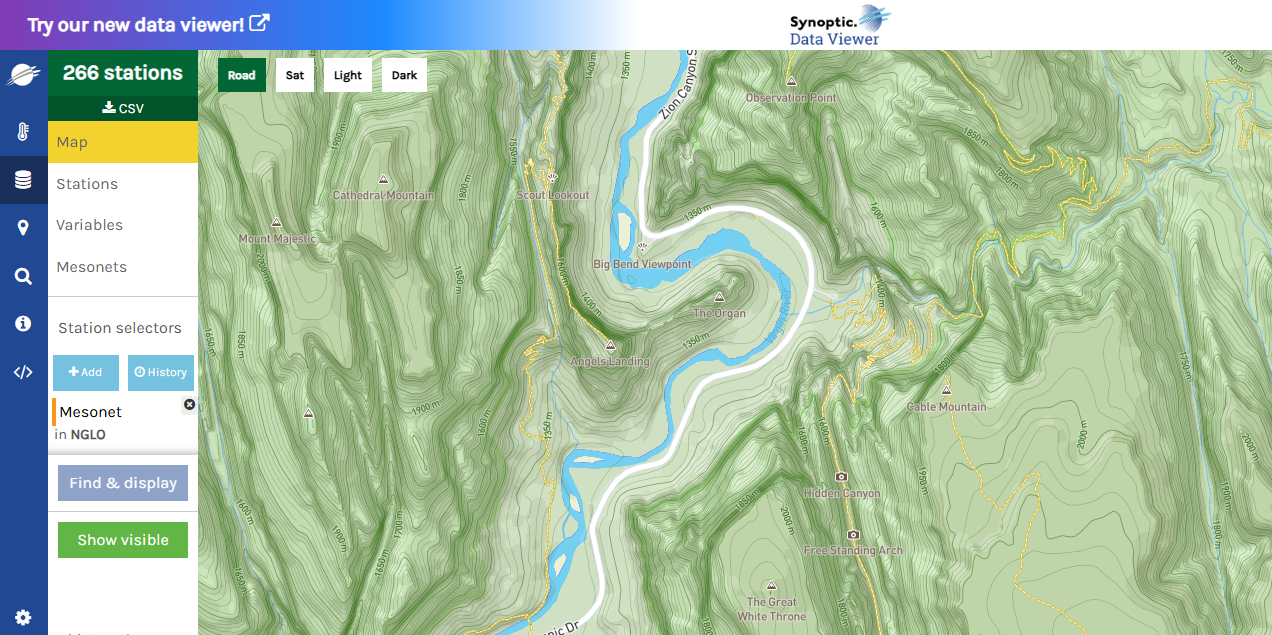GLOBE News
Connecting GLOBE with a Wider Meteorological Community Through Newly Established Connection with NOAA MADIS

The GLOBE Program Office at NASA HQ and the National Oceanic and Atmospheric Administration’s (NOAA) Office of Education are pleased to announce that the GLOBE community’s weather observations are now being shared with the wider meteorological community through MADIS, the Meteorological Assimilation Data Ingest System. MADIS was jointly developed by NOAA’s Office of Atmospheric Research and the National Weather Service. It is a comprehensive system that passes data through various quality checks before making them widely available to universities and research institutions, federal and local government agencies, the public, and more. Thousands of important observations collected following GLOBE protocols are now part of a continuously evolving dataset that can help users perform research and make informed decisions.
Twenty-one different GLOBE parameters, including precipitation, relative humidity, and soil temperature, have been added to MADIS. As of June 2025, data from over 1,100 different locations from GLOBE’s worldwide network have been uploaded to MADIS. If you would like to explore the database, you can visit the Synoptic Data Viewer, and GLOBE data can be filtered by selecting the “NGLO” Network, which is short for NASA GLOBE. Explore the data available in this database to learn more about weather in different regions and countries or to see how patterns vary in your area by filtering the data for local stations.
Why are GLOBE weather observations needed?
Weather monitoring across the world is often done by governments and academic organizations using sophisticated and highly technical equipment. This equipment provides valuable, high-precision, and accurate observations, but it is sparse and can be expensive to operate and maintain. One of the ongoing challenges faced by the meteorological community is the availability of sustained, high-density observations at the local level. The GLOBE Program is uniquely positioned to capture fine-scale observations, and the GLOBE community of educators, students, citizen scientists, and scientists is encouraged to continue measuring, recording, and submitting valuable observations. (Not part of GLOBE? Join today!) GLOBE observations can help plug knowledge gaps to address how meteorological conditions vary across complex terrain, guide societally important decisions, inform policies, and improve GLOBE’s collective knowledge. Examples of the practical use of these data include informing farmers on conditions for planting, identifying community flood risk areas, and advising disaster management.
GLOBE and NOAA are excited to partner in sharing GLOBE observations with a broader community for research and exploration.
News origin: GLOBE Implementation Office




